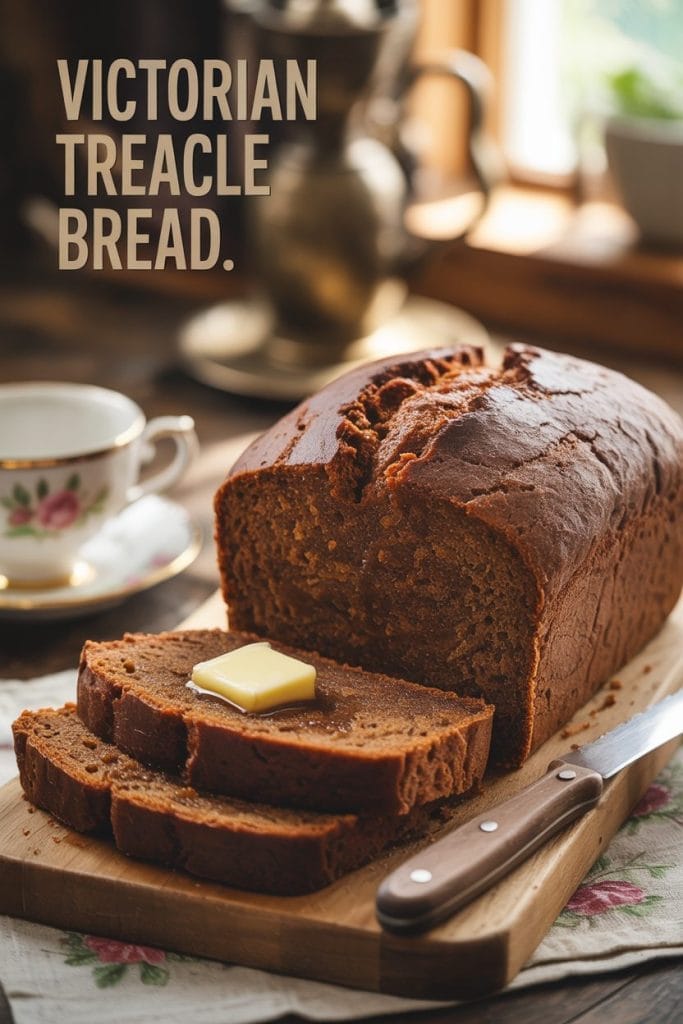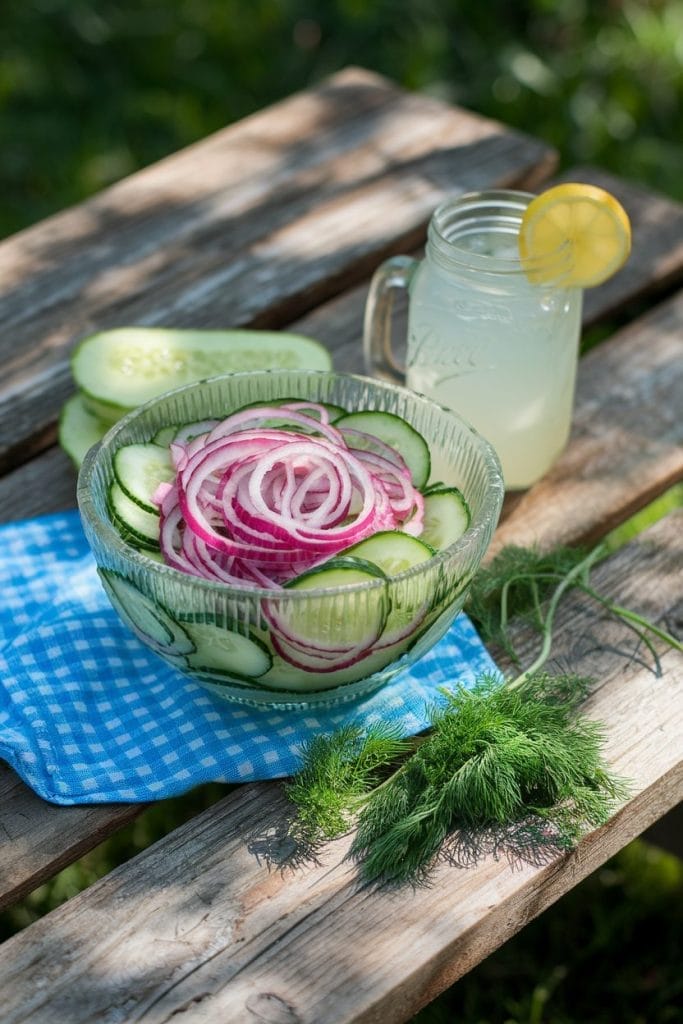Home > Single Recipes > American Victory Garden Vegetable Stew from World War 2
Last Updated: February 8, 2025
I Made These FREE Vintage Recipe Tools JUST For You
This recipe was created with help from AI tools and carefully reviewed by a human. For more on how we use AI on this site, check out our Editorial Policy. Classic Fork earns a small commission from Amazon and other affiliate links at no extra cost to you, helping us keep our content free and honest.
American Victory Garden Vegetable Stew from World War 2
Time Period:
Meal Type:
Core Ingredient:
Cuisine:
Cooking Time: Approximately 45 minutes
Prep Time: 20 minutes
Total Time: About 1 hour 5 minutes
Servings: 4-6
Calories: Approximately 220 kcal (per servings)
During World War II, families across the United States relied on “Victory Gardens” to supplement their diets with homegrown vegetables, as rationing limited access to many staple ingredients.
This hearty vegetable stew draws from that era’s spirit of resilience and resourcefulness, turning simple backyard produce into a comforting meal.
It’s a one-pot dish that makes the most out of what’s available—perfectly adaptable to what’s in season—and a warming reminder of how home cooking can lift the soul during challenging times.

What Would You Cook in Wartime?
Step back in time and discover what you could make with limited wartime rations
History
In the 1940s, as the United States faced wartime shortages, the U.S. government encouraged citizens to grow their own vegetables to ease pressure on the food supply. Victory Gardens sprang up in backyards, vacant lots, and community plots.
Housewives and home cooks became adept at turning humble, fresh produce into flavorful dishes that filled bellies and hearts.
This vegetable stew, inspired by period cookbooks and pamphlets, is representative of that ingenuity. Onions, carrots, beans, and whatever else was seasonally available came together in a hearty broth.
This dish not only saved precious ration points but also symbolized victory on the home front—providing nutrition, morale, and a tangible sense of contribution to the war effort.
Equipment
- A large, heavy-bottomed pot or Dutch oven (This one is gorgeous)
- A sturdy wooden spoon (Love environmet & style? Get this bamboo spoon set) for stirring
- A sharp chef’s knife (Chefs envy this knife set) for chopping vegetables
- A cutting board (My favorite cutting board set)
- Measuring cups and spoons
- A ladle (This wooden ladle is great) for serving
Ingredients
- 2 tablespoons vegetable oil or rendered bacon drippings (if available)
- 1 medium onion, diced
- 2 cloves garlic, minced
- 2 medium carrots, sliced into coins
- 2 medium potatoes, peeled and cut into bite-sized cubes
- 1 cup fresh green beans, trimmed and halved
- 1 cup diced celery (about 2 ribs)
- 1 cup shredded cabbage
- 1 cup diced tomatoes (fresh or canned)
- 4 cups vegetable broth (or water plus a vegetable bouillon cube)
- 2 teaspoons dried thyme
- 1 teaspoon dried marjoram
- Salt and pepper to taste
- Handful of fresh parsley, chopped (optional, for garnish)

Instructions
1. Sauté the Aromatics:
In your large pot or Dutch oven, heat the oil over medium heat. Add the diced onion and sauté until translucent, about 5 minutes. Stir in the garlic and cook for an additional minute, taking care not to burn it.
2. Add the Vegetables:
Add the carrots, potatoes, green beans, celery, and cabbage to the pot. Stir to coat with the onion and garlic mixture, letting them cook for about 3-4 minutes to develop flavor.
3. Incorporate the Tomatoes and Broth:
Pour in the diced tomatoes and the vegetable broth. Stir well, scraping up any bits stuck to the bottom of the pot. Increase the heat to bring the mixture to a gentle boil.

4. Season and Simmer:
Stir in the dried thyme, marjoram, and a pinch of salt and pepper. Reduce the heat to low, cover the pot, and let the stew simmer for about 30 minutes, or until the vegetables are tender but not mushy. Taste and adjust seasonings as desired.
5. Finish and Serve:
Ladle the stew into bowls and top with a sprinkle of fresh parsley for a pop of color and brightness. Serve with a slice of crusty bread or a simple biscuit—both common wartime accompaniments that stretched a meal further.
Special Notes
- Adaptability: Feel free to use whatever vegetables are fresh and in season. Corn kernels, squash, or turnips were often included depending on the garden’s yield.
- Protein Options: If rationing permitted, a handful of beans or lentils added to the stew made it even heartier. A small piece of meat or leftover bone could also be simmered to enhance the broth’s flavor.
- Flavor Boosters: A splash of vinegar or Worcestershire sauce (if you had it) added depth, while using bacon drippings instead of vegetable oil imparted a savory richness.
Nutrition (per serving)
- Calories: ~220 kcal
- Carbohydrates: ~40g
- Protein: ~6g
- Fat: ~6g
- Fiber: ~8g
- Sodium: ~600mg (depending on broth and salt usage)
- Vitamin A: High (due to carrots)
- Vitamin C: High (due to tomatoes and cabbage)

Maggie Hartwell
Hi there, I’m Maggie Hartwell, but you can call me Maggie—the apron-clad foodie behind Classic Fork! I created Classic Fork because I’m convinced food has a way of telling stories that words can’t. So, grab a fork and dig in. The past never tasted so good!






